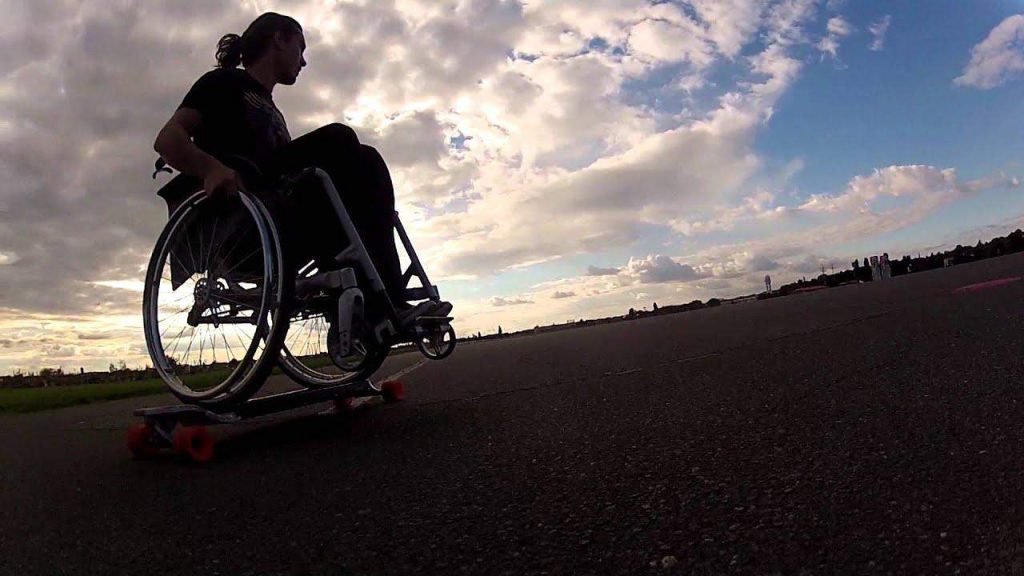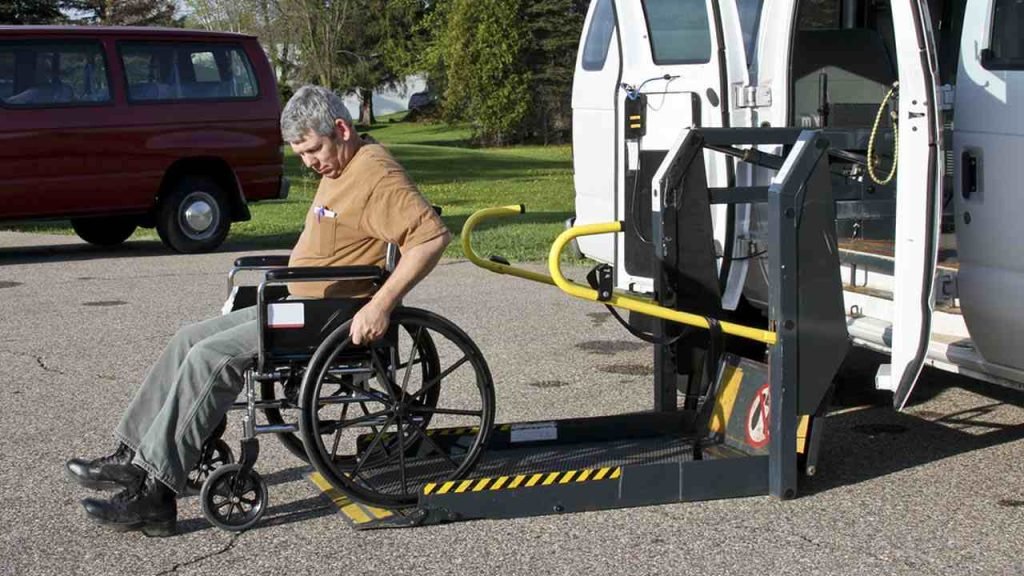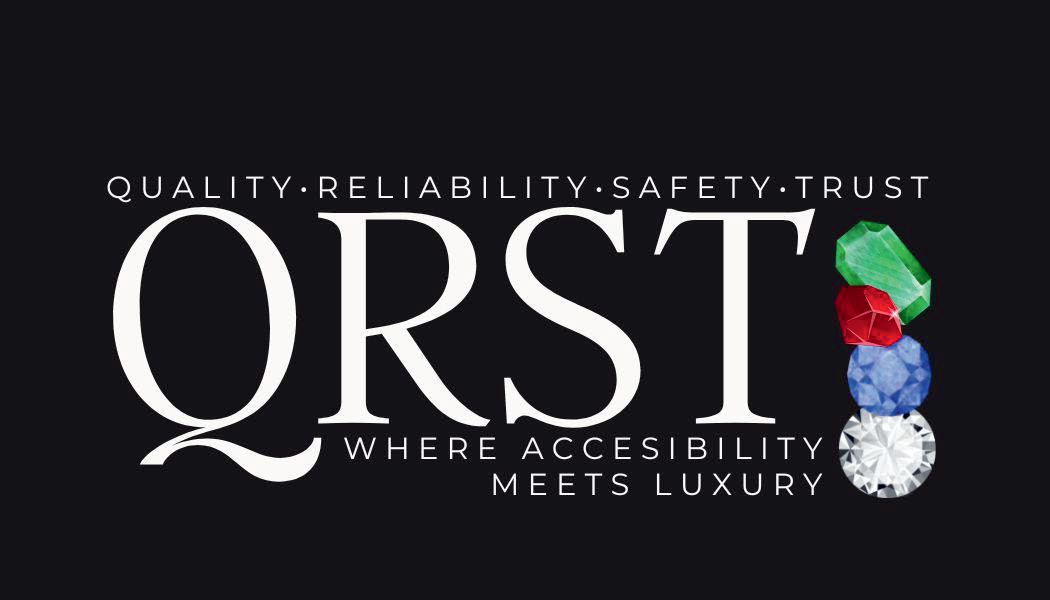When we think of ice-skating rinks, we often conjure images of graceful skaters, cold air, and the sound of blades cutting through ice. But, for some, it’s not that easy. For wheelchair users, ice rinks can present a challenging environment. Thankfully, the DMV area (District of Columbia, Maryland, and Virginia) has been making strides to be more inclusive. In this guide by QRST Wheelchair Transportation, we’ll look into some wheelchair transportation solutions for these rinks offer new opportunities for everyone to enjoy the winter fun.

The Importance of Inclusivity in Recreation:
Recreation is for everyone. It’s more than just fun; it provides therapeutic benefits, fosters social connections, and enhances the overall quality of life. For wheelchair users, having equal access to activities like ice skating is a right, not a privilege. Inclusivity ensures everyone, regardless of physical ability, gets the chance to enjoy, bond, and create memories.
Current Wheelchair-Friendly Ice Rink Facilities in DMV:
The DMV area is home to several ice rinks that have taken the initiative to be wheelchair-friendly. For instance, some rinks have dedicated ice time for wheelchair users, equipped with aids and support staff. Others have made sure that the surroundings, like locker rooms and restrooms, are accessible. They recognize that to make the skating experience whole, it’s not just about the ice but the entire facility. Moreover, they’re also familiar with the challenges that comes within wheelchair transportation.
Wheelchair-Adapted Sleds – A Game Changer:
One of the most innovative solutions in recent years is the introduction of wheelchair-adapted sleds. These sleds, specially designed to glide smoothly on ice, allow wheelchair users to experience the sensation of skating. They come with protective sides, and often, a friend or family member can push them, making it a shared experience. It’s no longer about watching from the sidelines; it’s about being in the action.
The Role of Supportive Communities and Volunteers:
A significant reason behind the success of wheelchair transportation in sports is the unwavering support from the community and volunteers. These individuals often undergo training to ensure the safety and enjoyment of wheelchair users by the help of wheelchair services. Their dedication is evident in the smiles and laughter they bring to the ice. In a way, they bridge the gap, making the seemingly impossible, possible.

Future Innovations and Goals:
The future looks promising. As technology advances, so does the potential for more inclusive equipment and facilities. There’s talk about electric-powered sleds and even adaptive skates that could further enhance the experience. The DMV area, with its forward-thinking approach, could very well be at the forefront of these innovations, setting the standard for rinks worldwide.
Feedback from Wheelchair Users:
The best feedback comes from those who benefit from these solutions. Wheelchair users in the DMV area have expressed gratitude, joy, and a newfound sense of freedom on the ice. For many, it’s a dream come true, an experience they never thought they’d have. Their stories, full of hope and happiness, inspire rinks and communities everywhere to take action.
Beyond Ice Skating – Broader Implications for Inclusivity:
The efforts of ice rinks in the DMV area highlight a bigger message – the importance of inclusivity in all spheres of life. When one arena of recreation becomes accessible, it paves the way for others to follow. Whether it’s a park, a theater, or a swimming pool, the same principles apply. Inclusivity isn’t just a buzzword; it’s a movement.
Funding and Grants – Making It Possible:
Behind every accessible ice rink in the DMV is a story of perseverance, often backed by generous funding and grants. These financial resources play a pivotal role in procuring equipment, training staff, and implementing adaptations. Organizations, both public and private, understand the bigger picture and are more than willing to invest in a cause that makes a tangible difference in people’s lives.
Encouraging Other Regions to Follow Suit:
The DMV’s efforts can serve as an exemplary model for other regions, showcasing that with the right mindset, resources, and community support, inclusivity is achievable. It’s an open invitation to other areas to join the movement, to create spaces where everyone, irrespective of physical abilities, can enjoy life to the fullest.
The Joy of Shared Experiences:
At the heart of it all is the sheer joy of shared experiences. When an ice rink opens its doors to everyone, it’s not just about the activity. It’s about families laughing together, friends bonding, and communities uniting. It’s a testament to the fact that when barriers are broken, the resulting joy knows no bounds.
FAQs:
Do black cabs take wheelchairs?
Yes, many black cabs are equipped to accommodate wheelchairs in cities like London, with ramps and accessible features.
How do you get around a wheelchair in Washington DC?
Wheelchair users in Washington DC can use accessible public transportation, taxis with ramps, ride-sharing services, and explore wheelchair-friendly routes and sidewalks.
Is the Washington Metro wheelchair accessible?
Yes, the majority of Washington Metro stations are wheelchair accessible, with elevators, ramps, and designated spaces on trains.
Can a wheelchair fit in a taxi?
Yes, many taxis are designed to accommodate wheelchairs, with ramps or lifts to facilitate easy entry and exit for wheelchair users.
Conclusion:
The DMV area, with its inclusive approach to ice skating rinks, showcases a powerful narrative of unity, perseverance, and joy. It’s not just about the ice; it’s about ensuring everyone gets a chance to enjoy it. Through innovative solutions, community involvement, and the sheer determination to make a difference, the region is not only setting standards but also warming hearts. In a world that sometimes feels divided, efforts like these remind us of the beauty of shared experiences and the importance of leaving no one behind.
